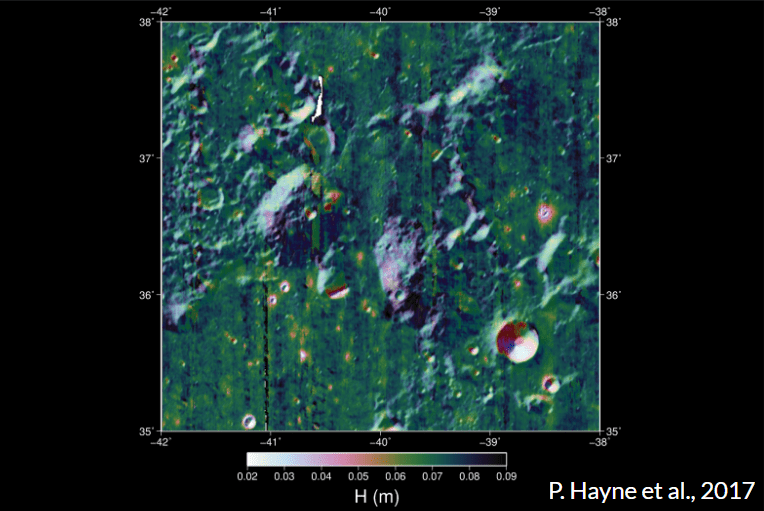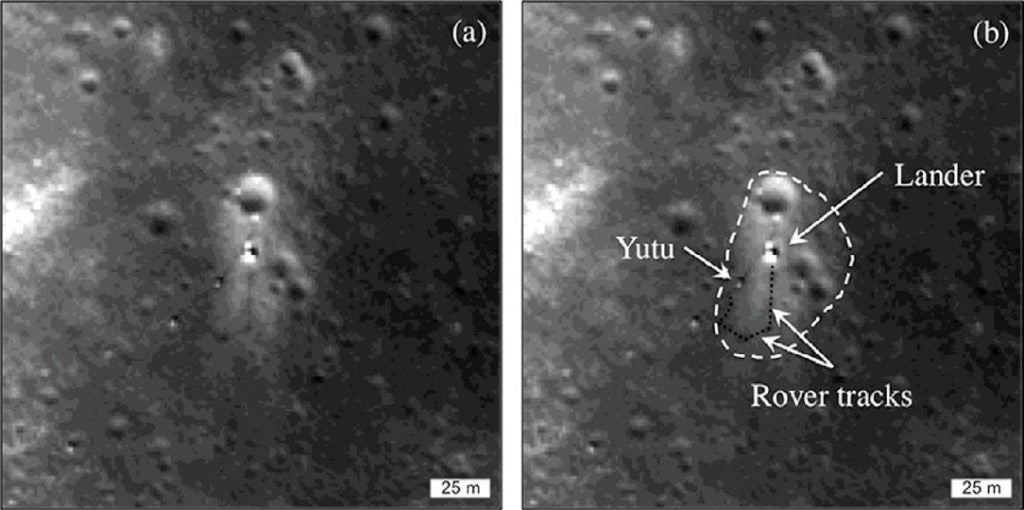What will Lunar-VISE do?
Lunar-VISE’s main science goal is to better understand how silica-rich volcanic features like the Gruithuisen Domes formed on the Moon.
On Earth, silicic volcanoes are formed when silica-rich magma melts and rises through the Earth’s crust and erupts onto the surface. This melting of magma is often triggered by plate tectonics and water, specifically a tectonic plate sliding (or subducting) beneath another tectonic plate. However, the Moon lacks plate tectonics and vast amounts of water, leaving scientists puzzled about how features like the Gruithuisen Domes formed.
Spacecraft observations suggest the Gruithuisen Domes are unique compared to their surrounding geologic terrain in that they seem to be enriched in silicon (Si) and thorium (Th) but depleted in iron (Fe). Several hypotheses have been proposed to explain the formation of lunar silicic volcanic features like the Gruithuisen Domes, but additional data is needed to test these hypotheses.
The more we know about the types of rocks and regolith – lunar dirt – making up the Gruithuisen Domes, the more clues we have to solve how silicic volcanism works on the Moon as a whole. From there, we can take what we learn at the Gruithuisen Domes and what we know from previous observations of this and other silicic volcanic spots to reconstruct the history of lunar volcanism.
Lunar-VISE aims to shape future missions by studying the geotechnical properties of the lunar regolith on the Gruithuisen Domes.
Over a 10 Earth-day period, the multi-instrument payload will gather data on the rocks and regolith making up the Gruithuisen Gamma dome, in particular how the regolith responds to the lander and its engine gas plumes during landing, and to the rover as it is driving around the dome.
The information gathered by Lunar-VISE from the lunar surface will expand our understanding of lunar regolith properties and how we develop tools and techniques for future human and robotic exploration.



